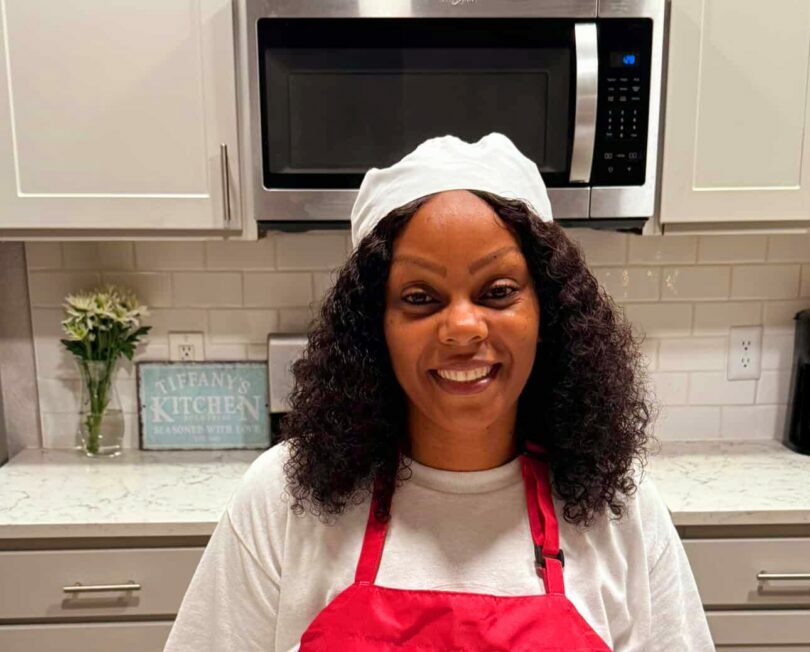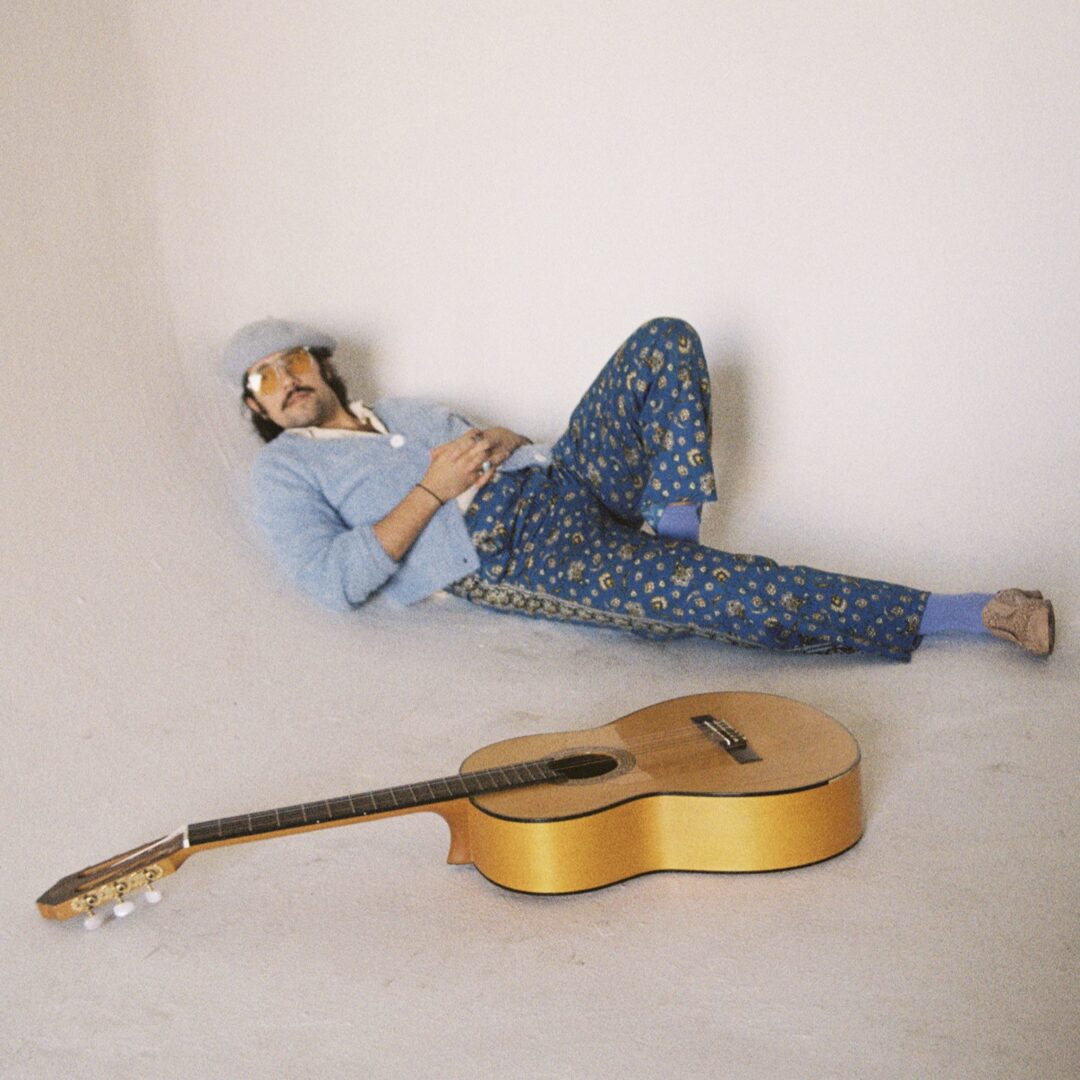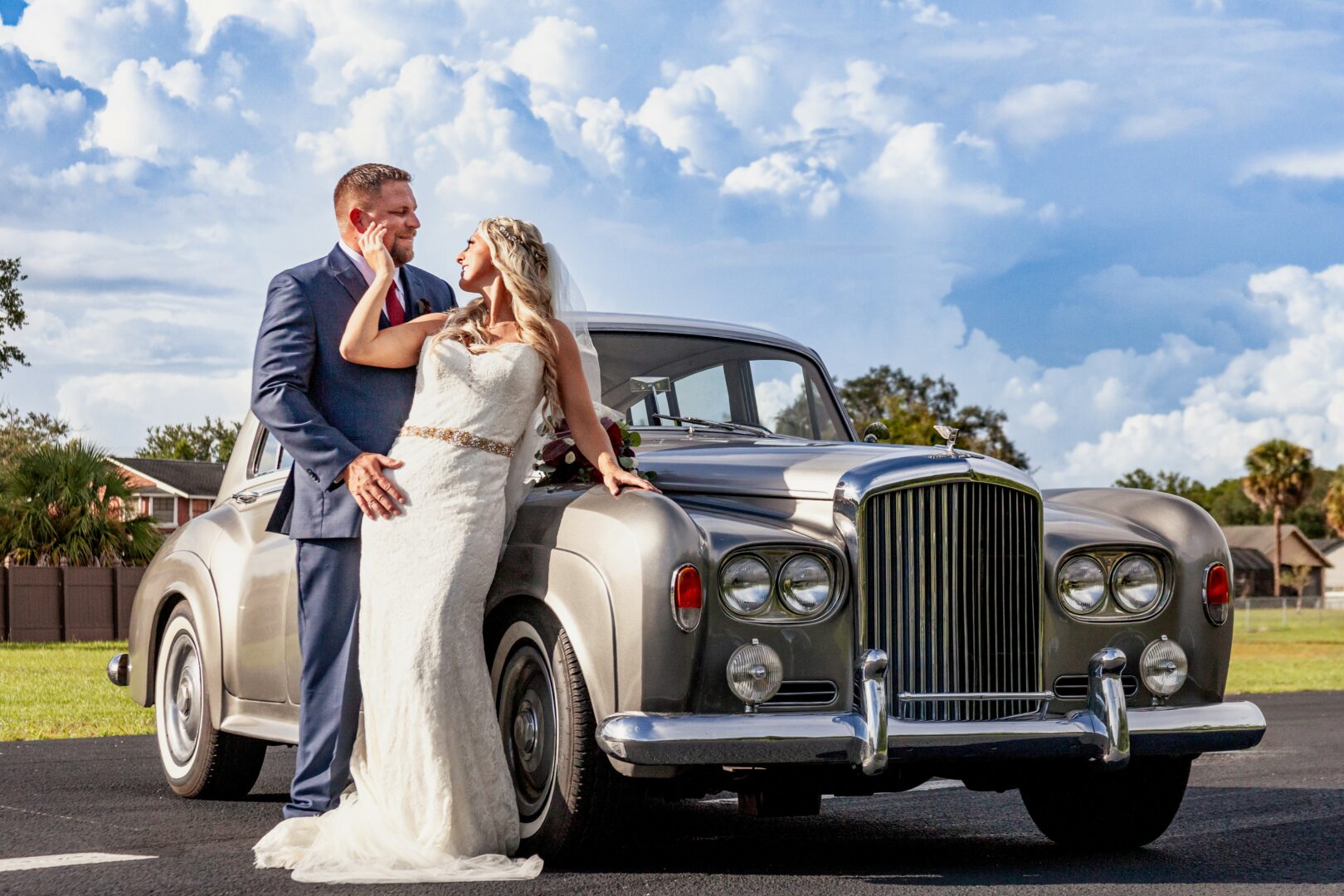We caught up with the brilliant and insightful Andrea Van den Heever a few weeks ago and have shared our conversation below.
Andrea, we’re thrilled to have you on our platform and we think there is so much folks can learn from you and your story. Something that matters deeply to us is living a life and leading a career filled with purpose and so let’s start by chatting about how you found your purpose.
I have experienced many twists and turns in my journey in my journey to becoming an artist. As a child growing up in South Africa I would draw all the time. It wasn’t something I learned, I just did it. I would make drawings for my sisters and other family members only because I could. Then, in my very early teenage years, I was sent away to a boarding school a very long way from home. There I found refuge from the loneliness and sadness in the school’s art room. As our senior year approached, we were encouraged to think about our future careers. More than anything else, I wanted to attend university to study art. At that time in South Africa careers for women were very limited. We could become pre-school teachers, secretaries, or nurses. Art was not considered a “career” but rather a hobby, particularly for women. My parents believed the vocational tests that were being conducted at our high school would give me some direction. Sure enough, the tests revealed that I should specialize in art, music, and the outdoors. My mother joked that it meant I could sit in the fields and whistle while I painted! But the study of art at the university was not to be. My family had a very limited income and no member of my family had ever attended university. That door had closed on me and like so many other women of the time, I ended up at a secretarial college studying shorthand and typing. As I said earlier, there have been many twists and turns in the road but I would love nothing more than to be able to tell my mother I am finally sitting in the fields and painting (but not whistling). I would tell her I have found my purpose and it would make her happy. As I look back on the eight decades I have spent on this planet I can see so clearly how one bend in the road led to another.
I grew up during the brutal years of apartheid in South Africa. By the time I was twenty-four years old I was married with three children. We had to face the very real challenge of raising our children under the apartheid regime with everything that accompanied that system. Somehow we had to find a way to instill in them a set of values that ran contrary to government policies. We decided to move onto a small farm in the country where the children could roam freely and be somewhat insulated from the day-to-day trappings of apartheid. I had started taking pottery classes so we established an art studio for my husband and a pottery studio for me. The brutality of the apartheid system finally became unbearable. We knew we had to make the heartbreaking decision to leave our country. We closed the studios, sold off the ceramic equipment and the farm and immigrated to the United States. It was a difficult time for all of us. My art stayed locked inside me. But other ways to express my creativity emerged.
Within the first two years of our immigration to the United States my secretarial skills proved essential as I searched for employment. I secured a position at a university in Connecticut working as a secretary. At the time, the secretaries and administrative staff of the university had started organizing a union in order to secure decent pay and respect on the job, Most of us were, of course, women. During those years I learned how to lead, how to stand up for respect and equality and how to inspire others to do the same, and I learned how to be strategically and tactically creative. I learned that it is possible to achieve what appears to be the impossible. After a ten-week strike that garnered national attention thousands of women’s lives were changed. We had achieved better pay and benefits and we had earned respect on the job.
During those years the repression in South Africa had escalated. I had read much of the literature written by leaders of the South African resistance group, the African National Congress — literature that was banned in South Africa. I felt I simply had to do my part in the struggle to end apartheid. I co-founded the Connecticut Anti-Apartheid Committee and spoke publicly against the system across the state and in other cities. As small as my contribution to the struggle was, the South African government considered it treason. My actions came to the attention of the government and as a result, I was unable to return to South Africa to visit my family for a period of nine years.
But in 1994, Nelson Mandela, the key leader of the African National Congress, was elected President of South Africa and the years of apartheid ended. Once again, I saw what had appeared to be an impossible goal become a reality. I learned how to lead in the face of great risk, how to utilize creative tactics, how to stand up and speak out, and how to inspire others to do the same. For thirty five years I dedicated myself to the achievement of equality and justice. But still, the yearning to draw and to paint stayed locked inside me. It seemed it would always remain that way. Little did I know that the road had yet another bend.
I had stopped working full time as an organizer and was searching for a way to make art. I was sitting at my kitchen table one morning when an e-mail message popped up in my inbox. The subject line read, “You have dreamed of this your entire life.” The message came from someone I had met. Intrigued, I opened it. It was an invitation to apply for admission to The Compass Atelier’s three-year Master Artist Program in the Washington DC area. After an initial flush of excitement, the self-doubt set in. What made me think I could possibly apply? After all, I had no qualifications, had only taken art classes in high school, I had no degree, etc., etc., Despite my reservations, I decided to go the the orientation. That sealed it for me. There was simply no way that I could be accepted into the program. I walked out thinking it would have been nice but my dream was just that. A dream. As I walked through the parking lot a woman who had been at the orientation stopped her car next to me and asked if I had applied. I told her I didn’t think I’d be qualified. She said, “Go back in there and fill out the application. This program changed my life.” So I turned around, went back in and completed the application. Now, five years later, I can say with certainty that the decision to go back in that evening changed my life. It feels to me that every step along the way has led to this point. I am immersed in the joy and the challenge of painting and I am learning every day. I am finally able to say with conviction that I am an artist and a painter. I have learned to take risks, to express myself, to face fear and challenges. I have found my purpose.

Thanks, so before we move on maybe you can share a bit more about yourself?
I am a painter. Despite having left my home in Africa so many years ago, the yearning for the land and its people still stirs deep in my soul. South Africa lies at the southernmost point of Africa. It is the land of my birth a8nd the home of my ancestors, an ancient land of stark contrasts, of dramatic landscapes, raw color, and magnificent open vistas.
I have worked on a series of paintings, Echoes of Africa, that explores some of my most deeply embedded memories of South Africa’s landscapes. With each of the paintings, I found myself filled with vivid recollections of the stillness and the awe I experienced in that moment. I heard the dry crunch of the frost-covered grass of the Highveld. I smelled the smoke that lingers in the valleys in winter, and the tantalizing scent of the earth that precedes the approach of a late afternoon thunderstorm. I felt the heat on my skin and witnessed the miracle of growth in the desert. And I walked along a dusty farm road with the scent of the Eucalyptus trees in my nostrils and the warm dust beneath my bare feet. As I paint, I lose myself in mixing the colors, in finding the feel and atmosphere of the moment. I am immersed in the painting and often lose all sense of time.
The exploration of the memories through my work in this series of paintings has brought both healing and inspiration in very unexpected ways. The wrenching pain of having to leave my beloved country all those years ago has eased, and the work has renewed my wonder at the magnificence and beauty that surrounds us every day on this planet we call home.

If you had to pick three qualities that are most important to develop, which three would you say matter most?
I would say that the work it took to find my own voice has been critical. The willingness to take risks and to face the fear we experience as just as important. Finally, the decision to be authentically who I am and not what someone else thinks I “should” be has helped immensely.

Is there a particular challenge you are currently facing?
The single must significant obstacle I face in this moment is the view of what we should or should not be doing as we age. I am now eighty one years old. Society tells me I should take it easy and suggests quite aggressively that at this age I should be facing feeble mindedness and the usual physical problems that come along with age. My experience in life has taught me defiance – and I certainly feel defiant in the face of the suggestion that starting a career as a painter at an advanced age is not possible. It is. And it is what I dreamed of my whole life.
Contact Info:
- Website: www.vandenHeeverArt.com



Image Credits
Andrea van den Heever




